Published: 13:50 Wednesday - November 30, 2016
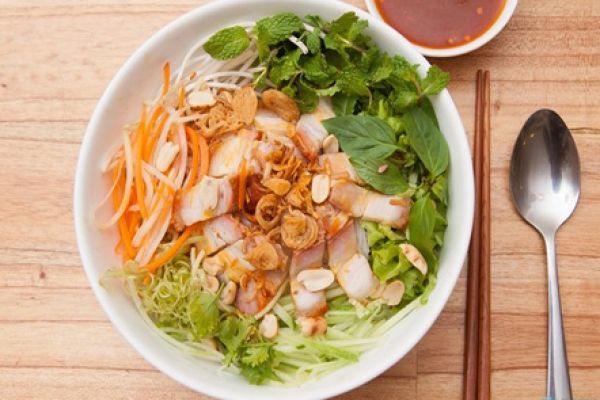
In the north, for instance, one of the most popular dishes is the bún ốc, a rice noodle soup with fresh water snails.
It is said that residents of Hà Nội’s Quảng An Village would pick up snails from nearby West Lake to serve with bún. The season for snails was the arrival of spring rains, so bún ốc was only available at this time of the year.
The beginning of the year was also the time when devotees thronged the Tây Hồ shrine and the worshippers would drop in to have a bowl of Bún ốc after saying their prayers. Bún ốc thus became a specialty of this area.
“When I was small, I often helped my grandmother cook bún ốc, a specialty of West Lake people,” said Masterchef Việt Nam judge Phạm Tuấn Hải.
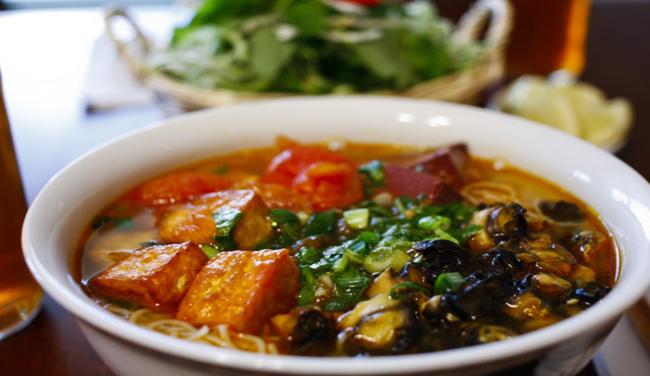
“I still remember that in the old days, my grandmother would add dấm bỗng, rice wine residue, to create a pleasantly sour taste for the broth. This is an indispensable ingredient for bún ốc for the West Lake people,” Hải said.
The broth of bún ốc decides the quality of the dish, as it does for all other bún dishes. For bún ốc, tomatoes and rice wine residue are added to the boiling snail broth. The meat of the snail is removed from its shell only when the dish is ready to be served.
After learning the skills from her mother, Thanh Nga has been offering bún ốc in the West Lake area for more than 50 years now.
“Things have changed significantly around me, but the way this dish is cooked remains the same.
“To make a proper bowl of bún ốc with the right flavors, the cook must choose the right snails and seasoning for the broth, as well as fresh rice noodles. Choosing the right ingredients will make up 50 percent of the success of the dish,” Nga said.
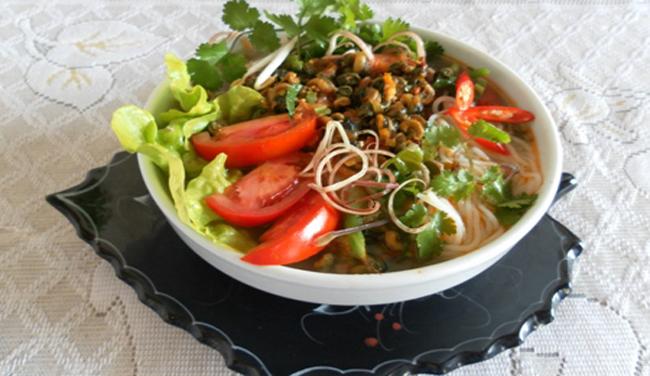
There is also a cold version of bún ốc, in which ingredients are set out separately: a plate of rice noodles, a dipping bowl of broth with some boiled snails. The highlight of this dish is the light sour taste of the dipping broth and the crunchiness of the snails. The broth for the cold bún ốc is just the water in which snails are boiled, with rice wine residue and other seasonings added.
Bún ốc is no longer a seasonal dish. It is offered all year round and can be found in restaurants, food stalls as well as the wicker baskets of local vendors.
There are those who add fried tofu, green banana, pork ribs, crab meat or fried pork fat to the dish, depending on customers’ choice.
Minced secret

Central Vietnam is a region for gourmets to enjoy a large variety of seafood dishes. One of these, one not to be missed, is the bún chả cá .
Bún with fish is not rare in Việt Nam. Hải Phòng, Thái Bình and Hà Nội have their own bún cá specialities, but bún chả cá in Đà Nẵng is more special for the fish used.
In the central city, unlike in the other places, the dish is served either with steamed fish or fried minced fish with dill and pepper. Đà Nẵng cooks have their own “secret” for ways to get their crunchy and tasty fish.
To make a good broth, the cook simmers fish bones and pork bones for hours. The big pan of broth is put on the burning fire to keep it hot. When the dish is ordered, the cook takes some bún in a bowl, pour boiling broth on it, and tops it with slices of minced fish and chopped scallion.
Pleasant, pungent
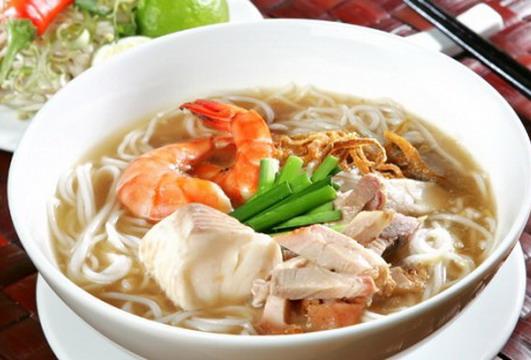
The south of Việt Nam, with its abundance of rivers and streams, is known as the kingdom of fish and shrimp. In the days when seafood was abundant and there was no refrigeration, residents converted fish and shrimp into an alternative product called mắm. The sauce made with the salted fermented fish is now a national staple, added to just about every dish, either while cooking or as a dipping sauce.
Bún mắm is said to have been brought to Vietnam by ethnic Khmer people living in Soc Trang Province, according to Le Thi Ngoc Diep, a culinary expert who teaches at the HCM City University of Social Sciences and Humanities.
“From 1990s, locals started adding different kinds of seasoning to original bún mắm to reduce the strong smell of fermented fish used,” said Diệp.
Bún mắm is popular in many western provinces and the taste varies in different areas as people use the fish available in their area. The basic bowl of bún mắm comprises fresh rice noodle, broth, shrimps and herbs.
“About 20 kinds of herbs and vegetables are used in this dish. Depending on the availability, locals use different herbs during different periods of year,” said Diệp.
Bún mắm’s broth is famous for its strong taste. By itself, mắm does not have a pleasant taste, but it considerably boosts the dish’s taste when combined with other flavors and added to the broth.
First introduced in Sóc Trăng a long time ago, bún mắm is now popular in HCM City, Can Tho and even Ha Noi. — VNS
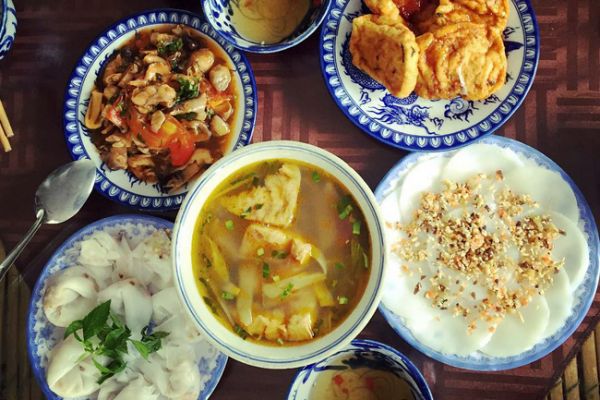
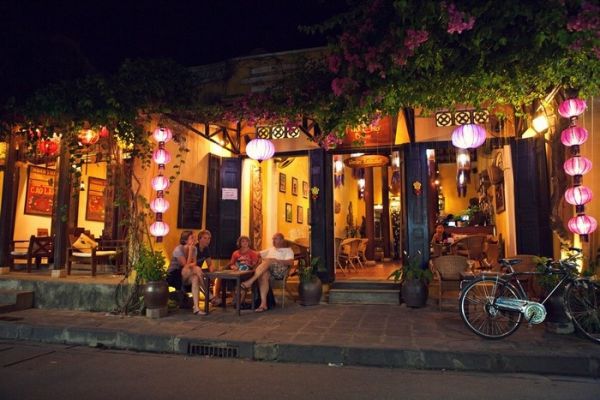
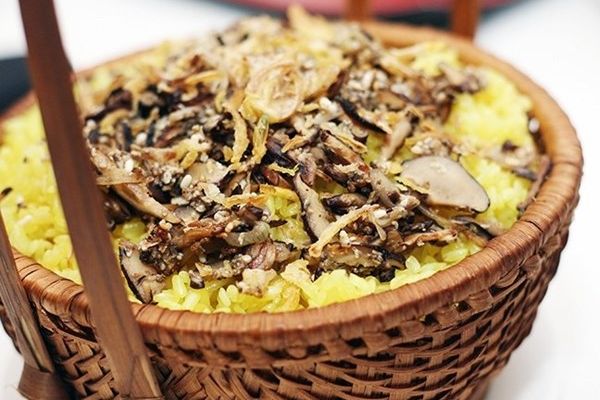
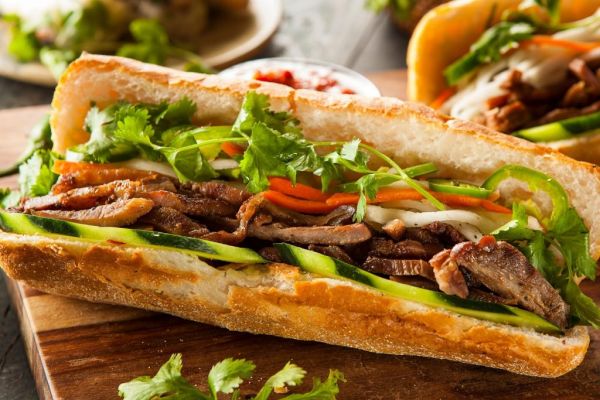
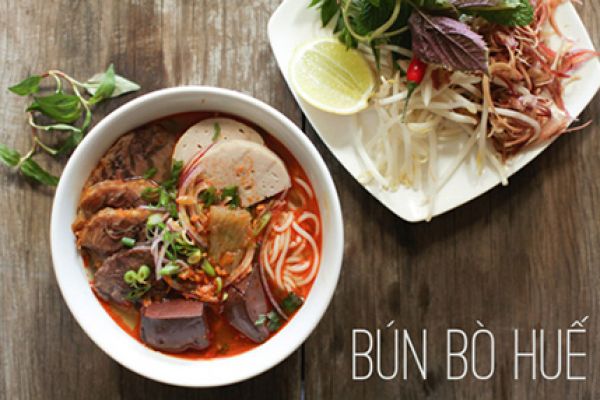

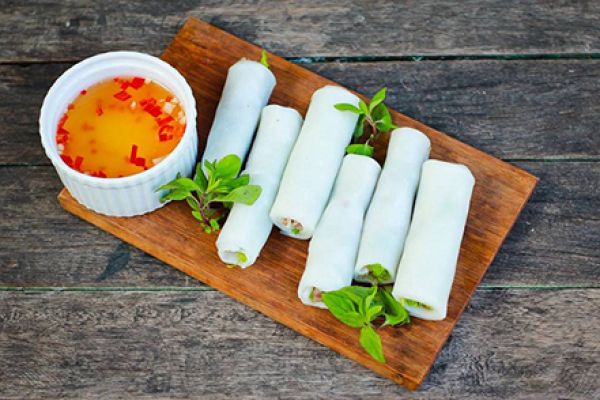
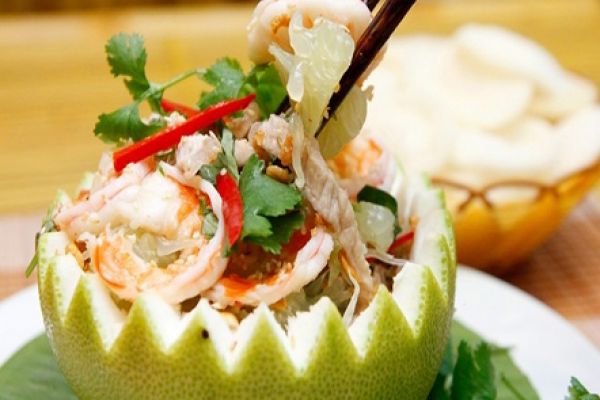
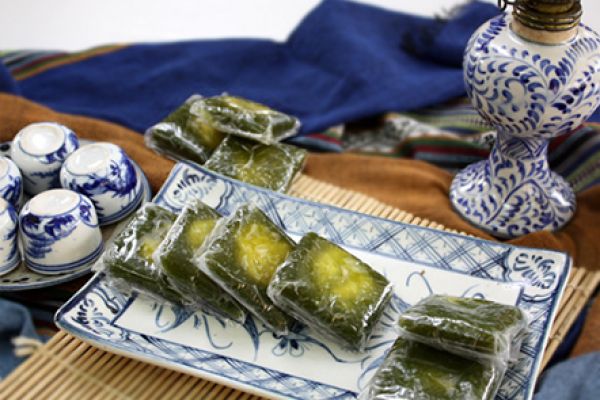
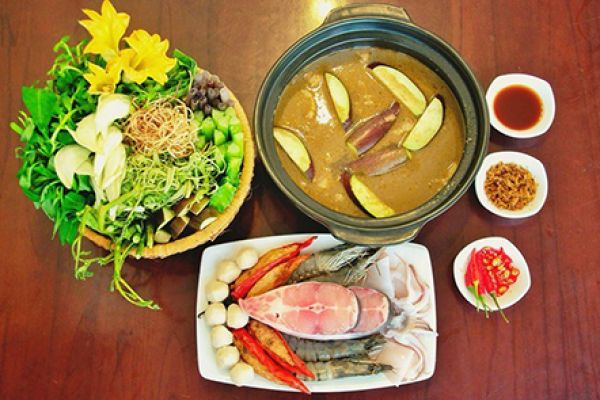
(84-63) 3 826042 – (84-63) 3 511142
No 54 Nguyen Dinh Chieu, Ham Tien Central Mui Ne Beach Binh Thuan Vietnam
523 To Hien Thanh District 10 Ho Chi Minh City Vietnam
Ha Long Halong City Quang Ninh Vietnam
A13 Hung Thong 2 Halong City Quang Ninh Vietnam




